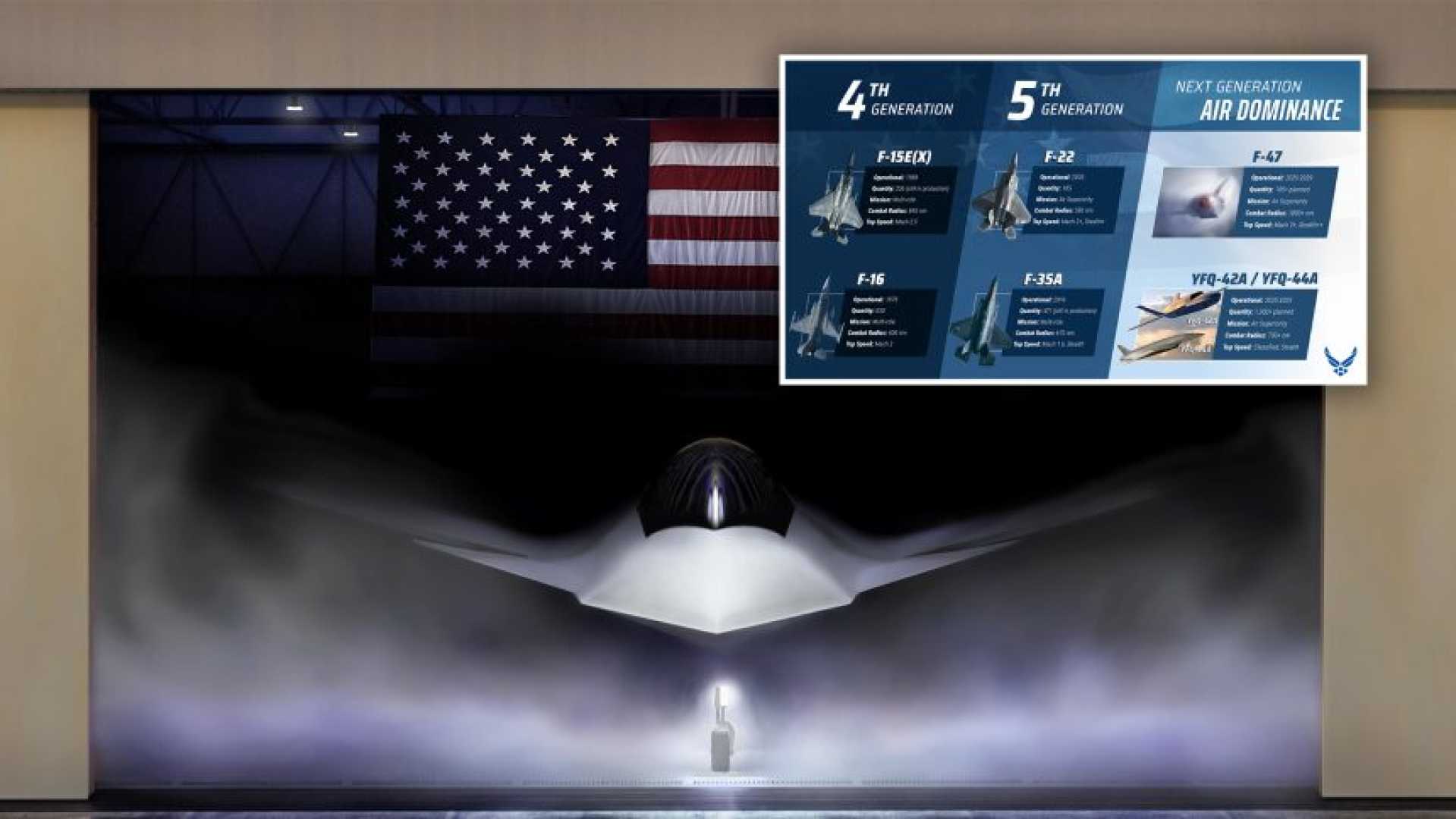News
U.S. Air Force Chief Discusses Boeing F-47 Performance Timeline

Washington, D.C. – General David Allvin, Chief of Staff of the U.S. Air Force, recently shared insights about the Boeing F-47‘s projected performance and service entry during a post on social media. Allvin’s graphic highlights an operational timeline for the aircraft, estimating its deployment between 2025 and 2029.
During his May 13, 2025, update, Allvin stated, “The U.S. Air Force will continue to be the world’s best example of speed, agility, and lethality.” The graphic detailed the F-47’s capabilities, revealing a combat radius of over 1,000 nautical miles—surpassing modern fighters such as the F-35 and F-22.
While the timeline appears ambitious, the definition of ‘operational’ remains unclear. Previous comments indicated the F-47 was expected to achieve flight status before President Trump‘s term ends in 2029. However, the lengthy development period of prior aircraft like the F-35 serves as a reminder of possible delays.
Allvin further emphasized the importance of modernization, saying the Air Force aims to match capabilities against evolving threats while keeping costs manageable. A production run of 185 aircraft is currently projected, though factors may necessitate adjustments.
The F-47 promises to enhance the Air Force’s long-range strike capabilities while easing the demands on aerial refuelers. The graphic also classifies the stealth features of various aircraft, with the F-47 noted as “Stealth++,” ahead of the F-35’s basic designation.
Other aircraft in the Next Generation Air Dominance (NGAD) initiative, like the YFQ-42A, are expected to complement the F-47, leveraging their systems for greater operational effectiveness. With over 1,000 unmanned aerial vehicles planned to support the F-47, these advancements signal a shift toward a combined approach of manned and unmanned capabilities.
General Allvin pointed out, “For the first time in our history, we have a fighter designation in the YFQ-42 Alpha.” This reflects the military’s evolving focus on integrating new technologies into existing frameworks.
The development of the F-47 and accompanying systems highlights a transition in military strategy, emphasizing the need for adaptable and capable aerial assets poised to meet future challenges.












